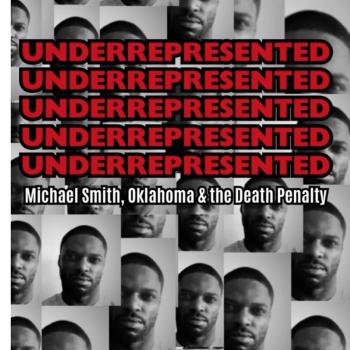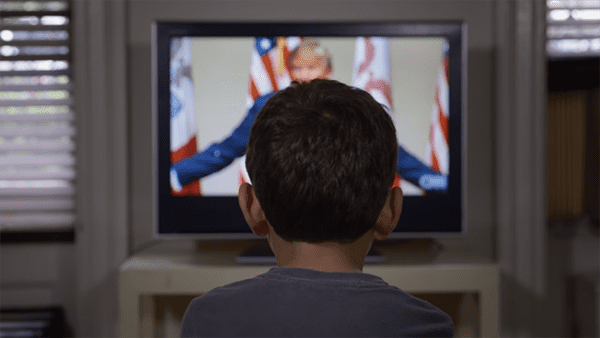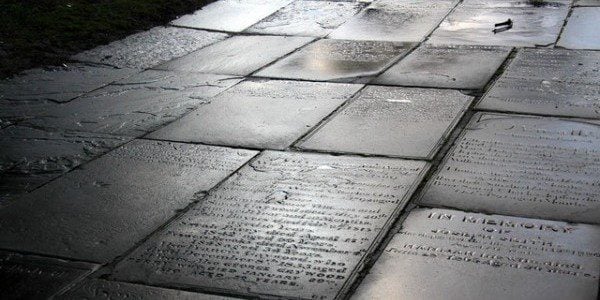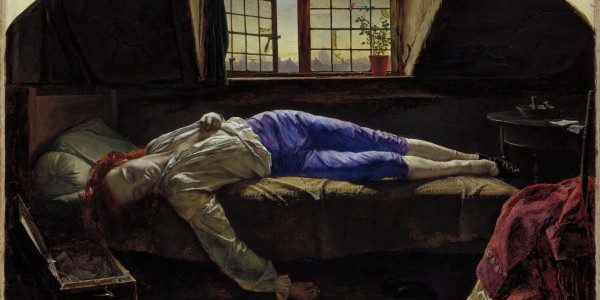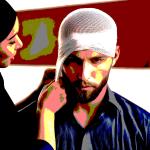Let’s talk about the flag and the anthem.
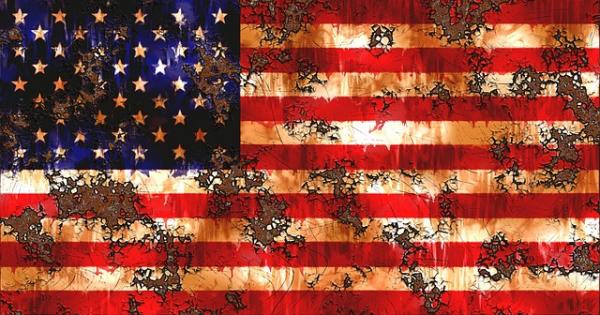
But let’s try to get closer to the bottom of all the brouhaha–the indignation directed toward the simple action of taking a knee during the national anthem.
American football is supposed to be, you know, American–like apple pie. But these players who are choosing to protest racial injustices are disturbing our (existential) peace. It’s un-American (they say)! It’s un-patriotic (they say)!
Why does a seemingly innocuous and certainly harmless peaceful protest elicit such indignation and fierce opposition?
Because “sacred” objects function in a culture to maintain the status quo; they regulate some sense of equilibrium or tranquility; and they protect people from their own inner fears, which stem from the deep-seated knowledge of our mortality and the awareness that we are frail, vulnerable creatures who will eventually perish.
Consider a section from the book, The Worm at the Core (written by three prominent psychologists who study the effect of the “terror” of the awareness of mortality on human behavior).
The researchers show that when people are reminded of the inevitability of death (and thus of their frailty) they are more prone to nationalistic identity. “Americans reminded of death had more positive reactions to those who praised the United States and more negative reactions to those who criticized it” (29). People become more tribal-oriented (more “in group / out group”) as a result of the influence of the awareness of our mortality–of our frailty. They stick closer to their group and they’re more prone to lash out against those perceived as outside their group, when they’re prompted to think about death.
The authors describe an experiment which illustrates this phenomenon. In the experiment, the research subjects took a questionnaire which reminded them about death and which included prompts like, “Jot down what you think will happen to you as you physically die and once you are physically dead.”
After that, the subjects were directed (individually) to a room which included several objects on a table. Among the objects were a “a cup of black dye, a small American flag, and a crucifix.” The book explains:
“The experimenter pours the black die into the sand. Then she tells you your tasks: to figure out a way to separate the sand from black dye, because “soldiers had used ordinary objects to separate out sand from noxious substances,” and to hang the crucifix on the wall, because fastening things to walls “is a common task in the service, but hammers aren’t always available.
You think about the task for a minute. You then realize that you can use the flag to strain the dye from the sand and the crucifix to bang the nail into the wall. But this thought makes you decidedly reluctant and tense. After all, you’ve been brought up to revere these symbolic objects from the time you were a little boy. It feels like desecration to use them in this way. But you realize you really don’t have any other choice; none of the other objects will serve. Slowly, you pick up the flag, put it over the top of the glass jar, and pour the black-dyed sand over it, filtering the ink into the jar. Time elapsed: six minutes.
When this is finished, you turn to the next task. You slowly take up the crucifix and the nail and walk to the wall. You hesitate for several seconds, thinking about how you are using this sacred object for such a mundane task. “This is sacrilege,” you think, and let out a deep sigh. Then you slowly begin hammering. Time elapsed: six minutes.”
The interesting discovery comes when you compare this version of the experiment with other (control) versions: in these control versions, the subjects had access to objects they could use instead of the flag and the crucifix (they were also provided a white cloth and a wood block). In yet another, the subjects only had access to the flag and the crucifix, but they weren’t prompted prior to the experiment to think about their death. In both versions, the subjects took only three minutes to complete the project. Half the time it took for the subjects who had thought about their death and then had to use sacred objects to perform mundane tasks.
The authors conclude this segment:
“The findings of this study establish that cultural icons help keep mortal terror at bay. Indeed, cultural beliefs would be fleeting and unsustainable without visible symbols and tangible icons that are imbued with extraordinary significance.”
It seems to me that the only way to really understand the current explosion over how people treat national symbols like the flag and the anthem is through the prism of terror management psychology: Objects deemed as “sacred” by a culture provide people in that culture a stronger sense of self (“self-esteem”) and of permanence in the world, even while they may realize, deep down, that they are frail and impermanent in a world filled with threats to their existence.
Social conflict occurs when those cultural symbols become a means whereby the “in group” retains a certain kind of power over the “out group.” Where those who are less vulnerable to various cultural forces (say, unjust violence by police) insist on the sacredness of those symbols in such a way that suppresses or sidelines the concerns (the protests) of those who are more vulnerable to those cultural forces.
The protests call attention to the fact that cultural symbols, like flags and anthems, are only “conditionally” sacred–that is, they are deemed sacred through a collective agreement by a society or a large segment of society. But that they are symbols means that they are far less significant than the reality they purport to represent or describe. That’s why protesting in the context of a “sacred” national ritual is entirely appropriate. It’s a way of saying that the symbol now fails to represent the reality it purports to illustrate.
But the difficulty is that, because many people do not realize what these symbols actually do–that they function to suppress our internal, psychological fear of mortality–they react out of a self-righteous indignation against the protestors. They exclaim, “You’re not a patriot!” Or, in Donald Trump’s case, “You’re a son of a bitch!”
People react out of fear when they feel that the sacred symbol is being threatened, because they sense that their own buffer against existential terror is being undermined. It’s an unbalance in the system, a disequilibrium. They are losing power, they are losing control.
As the authors note later in the book:
“Cultural worldviews are embodied powerful beliefs, symbols, and icons like flags and crucifixes. However, death is a very real physical problem, and there is always lingering death anxiety that humans project onto other groups of people whom they designate as evil that must be destroyed” (137).
And that’s the real danger–far more dangerous than the disruption or “sacrilege” of our sacred symbols. It’s the reaction of violence against those whom we perceive to be threats. It’s scapegoating, plain and simple.
That’s why those who recognize that sacred symbols function in this way must call attention to the conditional nature of the symbols, and focus our attention instead on the real threats and the real injustices that some people face on a regular basis.
The conflict over the flag and the anthem isn’t really about the flag and the anthem. It’s about human frailty. And we have to get better at dealing with it.






